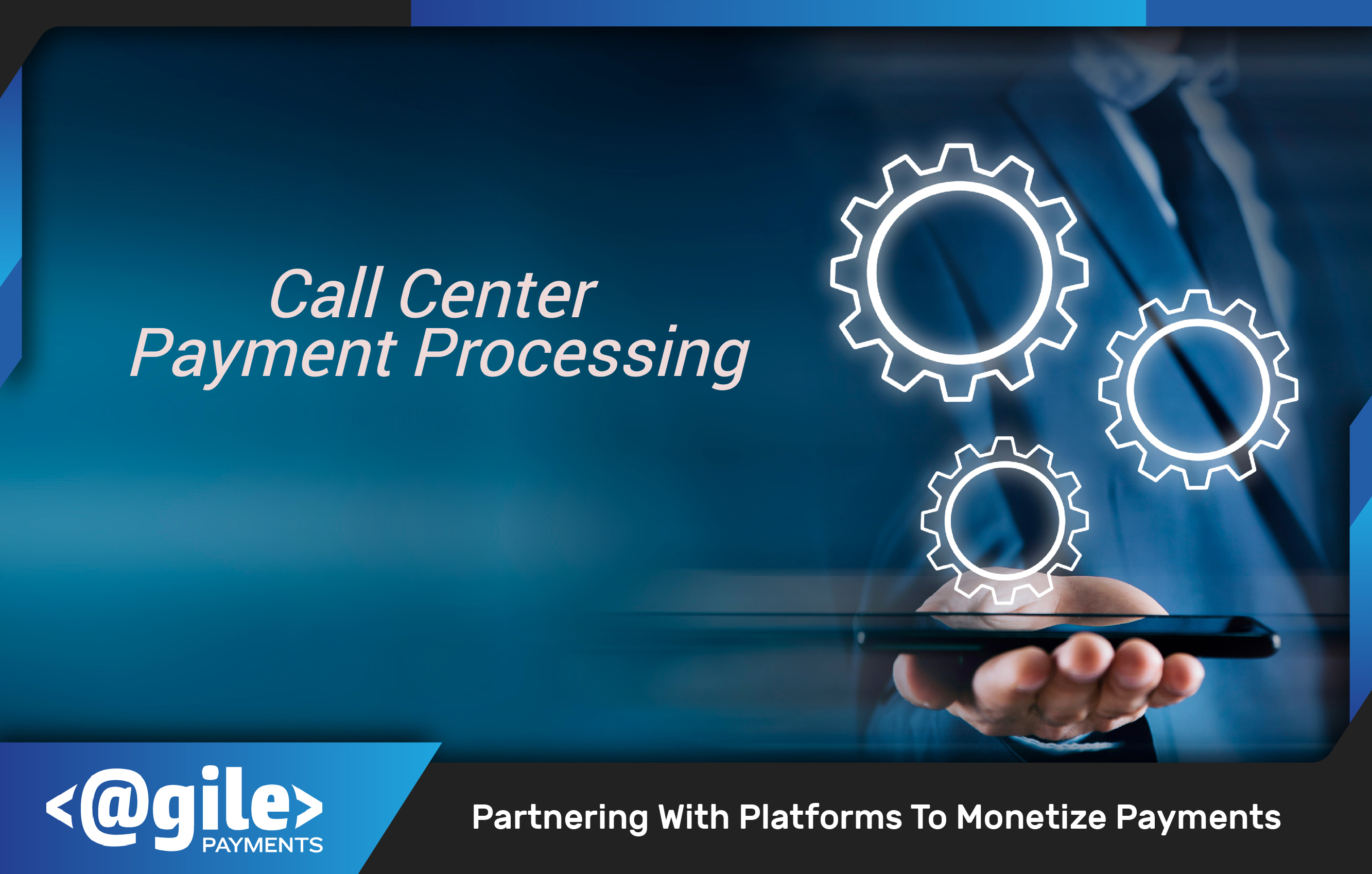Call center payment processing varies from organization to organization in terms of how it is managed, but the most used methods are from one of the following methods:
Software application integration
Web based payment portal (Virtual Terminal)
Interactive voice response (IVR)
Software Application Integration
There are a number of available call center SaaS applications available from third party providers, but larger organization typically have their own internal application that is used by employees for managing phone calls to and from their customers for payment acceptance.
No matter the application that is used, any organization that has technical resources at their disposal probably has the ability to integrate payments functionality within the application that they use for enabling payments. Integration is accomplished by the payment processor’s API integration tools.
When live customer service agents are receiving calls for payment acceptance and manually entering the payment data into the application they use, how sensitive data is handled becomes important. First and foremost, sensitive data like credit card numbers and checking account information needs to be tokenized. A proper integration API will provide this.
By integrating payments into a call center application, external applications are eliminated from use and all payments management and reporting can take place within the application that the organization already uses.

Web Based Payment Portal
Also referred to as a Virtual Terminal (VT), a web based payment portal provides a SaaS application that is provided by a payment processor to originate, manage and provide reporting for payment processing.
Virtual terminals are a great fit for organizations that don’t have the technical staff to perform an API integration to enable their internal application to manage payments, yet wish to have live customer service agents accept and enter payments from customers who call-in to remit a payment.
Because virtual terminals are provided by the payment processor that you choose to obtain a merchant account from, they are generally built on a PCI compliant system which should reduce your scope for PCI compliance.
Interactive Voice Response
Also known as IVR, this technology has been around for some time now and just about everyone has experienced one type or another of an IVR system call. Large organizations have been using IVR for customer service related inquiries for a long time.
Using IVR for payments has been exploding in recent years because of the savings it can provide and the newer technology that some IVR systems can supply the using organization.
No longer does an organization who accepts payments over the phone have to have an IT staff to employ and manage an IVR Payments system. Customer data such as account number, name and amount owed can be called via API if the using organization has one available, or in the case of a smaller organization that doesn’t have an API available, and external cloud based spreadsheet application that has an API available can be used.
In the cloud spreadsheet example, a using organization would upload csv files on the timetable that best suits their receivable needs and the IVR system communicates with the cloud application via it’s own API to populate the IVR system data. Providing this functionality enables a low-tech organization to receive payments just as efficiently as some of the giants of industry.
Moreover, IVR Payments can facilitate more than just inbound payment related calls. The same system technology can provide automated outbound messaging, whether via and outbound IVR phone call, an SMS text message or email messaging.
Case in point: An IVR system can initiate an SMS message (ideal for late payments) that lets the customer know that a payment is due and provide them two options for payment remittance:
- The SMS message can provide a clickable hyperlink that when clicked on it renders a micro payments page for the customer to enter their credit card or check account information and submit the payment.
- The same SMS message can provide the option to have the IVR system initiate an outbound call to the customer by replying to the SMS message with something like “call.” This provides an alternative to the microsite portal, which some customers prefer for their personal security mindset reasons.
Agile Payments has been providing call center payment solutions to organizations of all sizes for more than 20 years. Give us a shout and we’ll be happy to discuss your call center payments needs.



